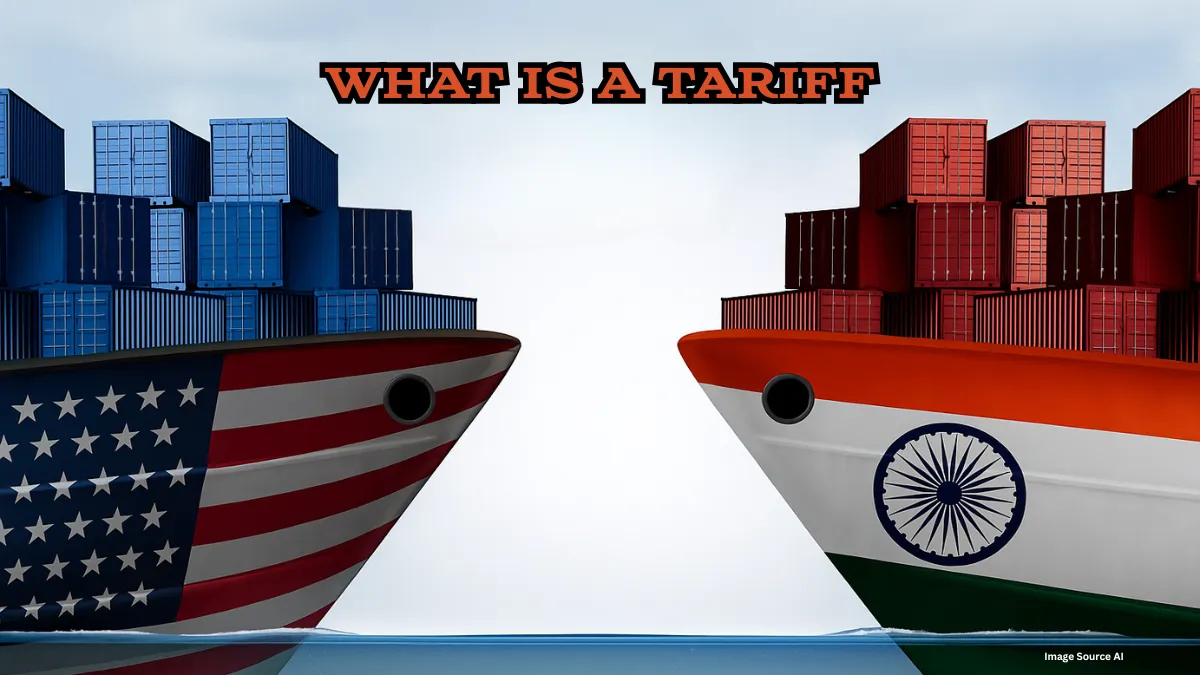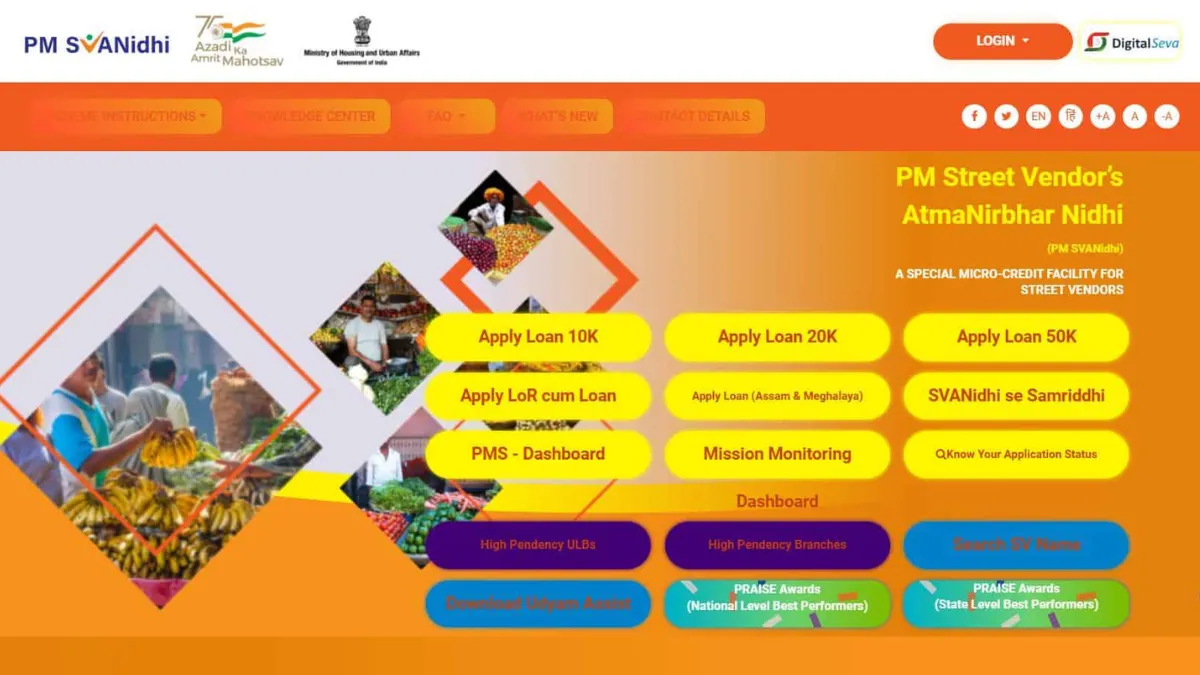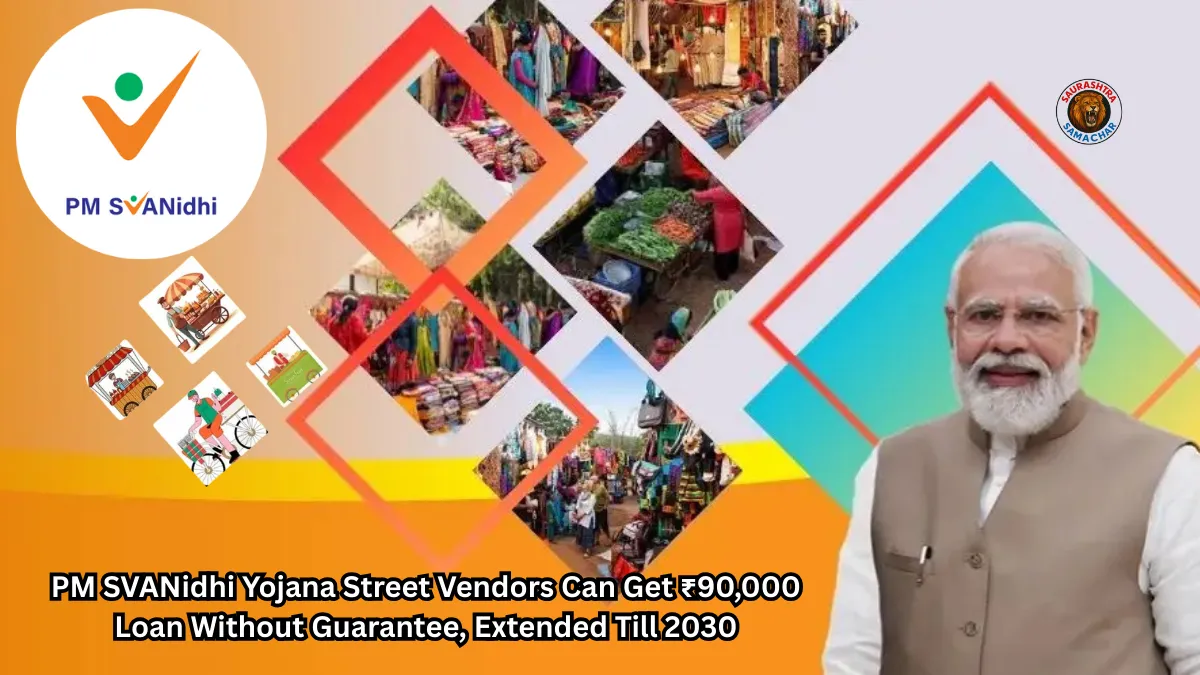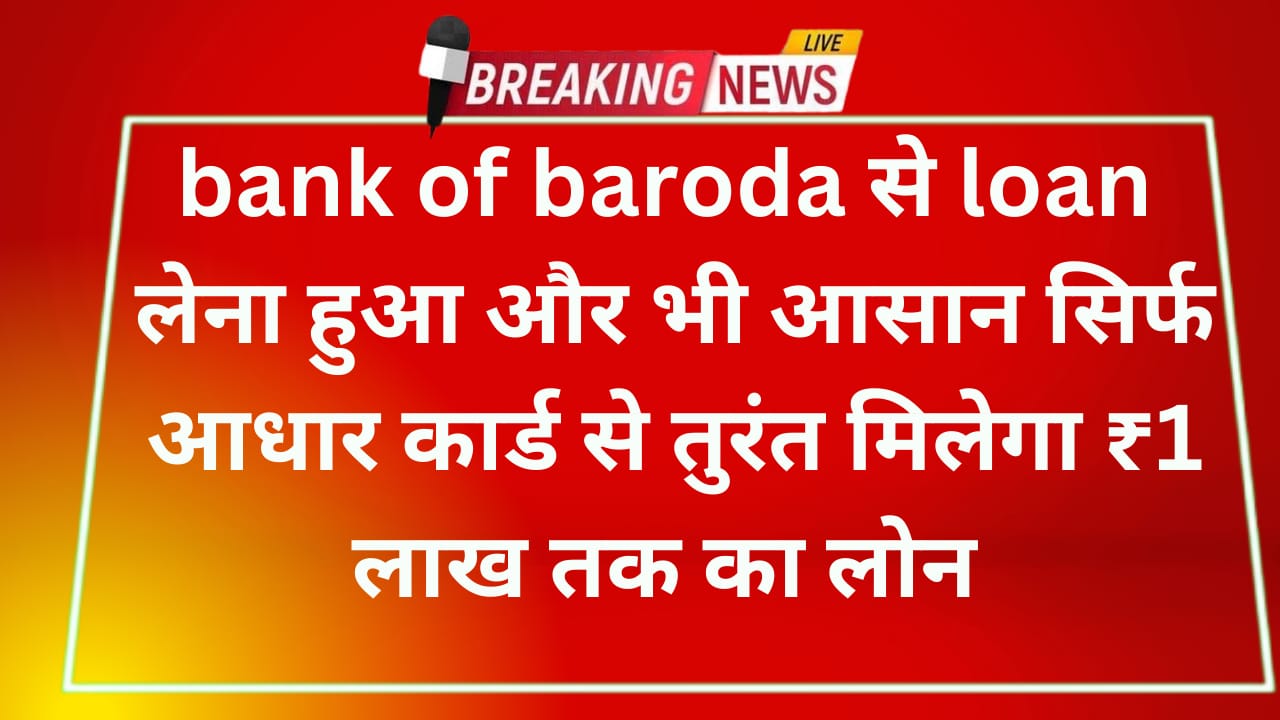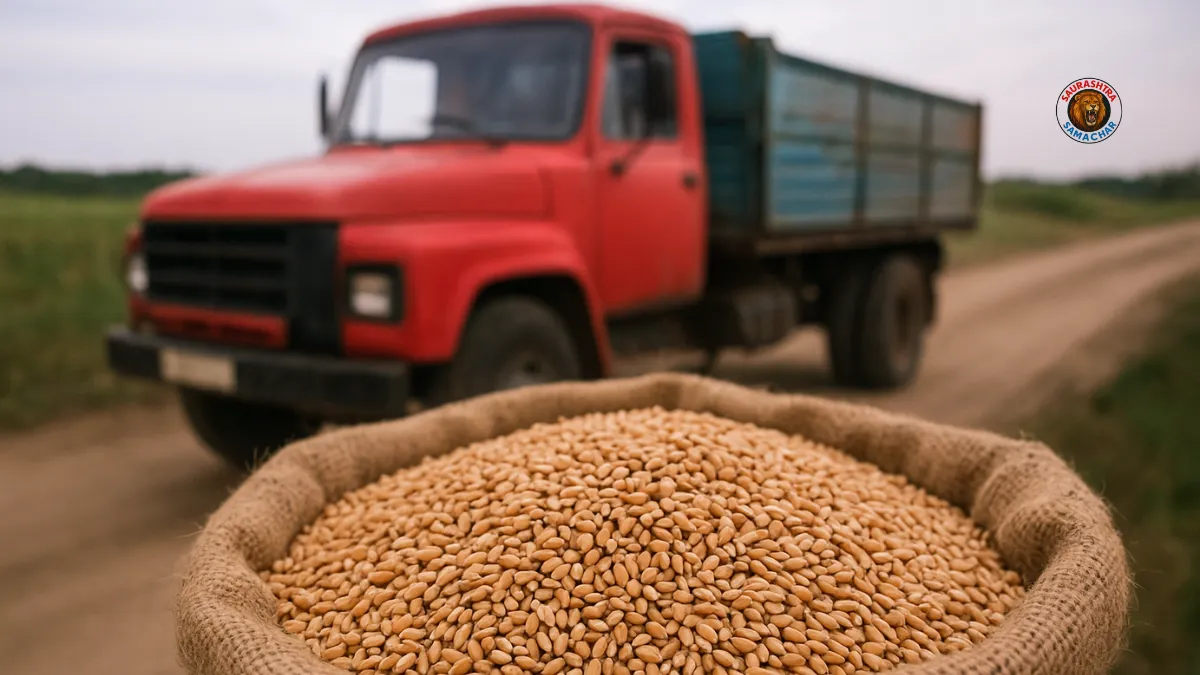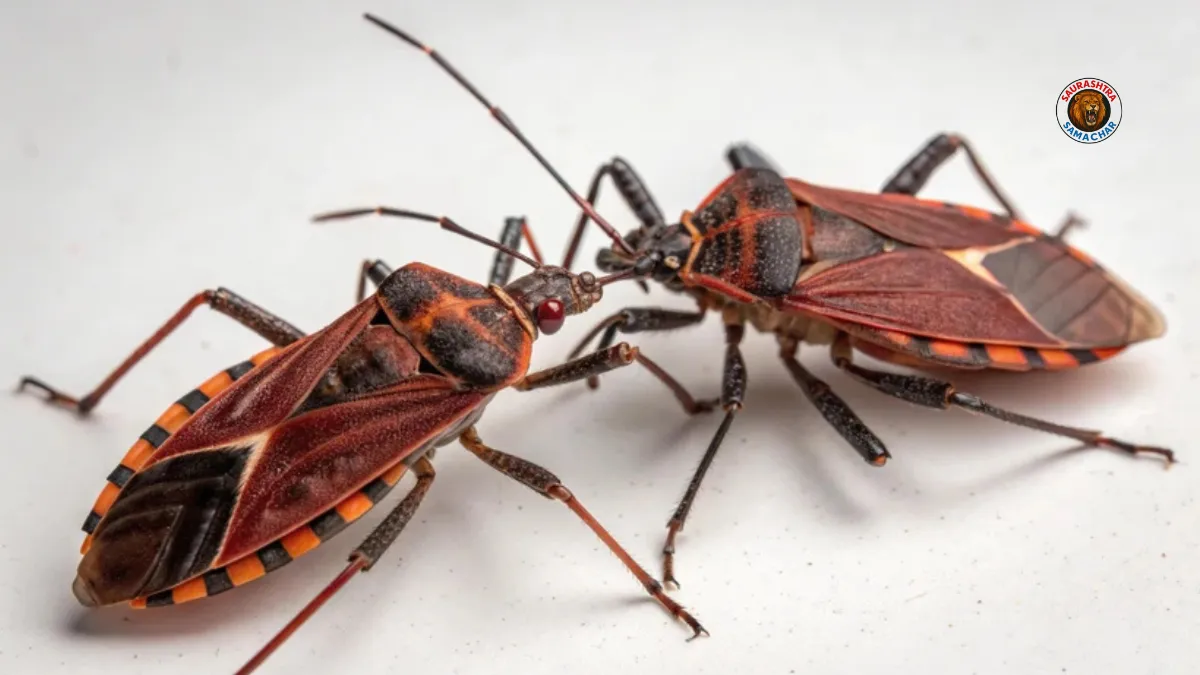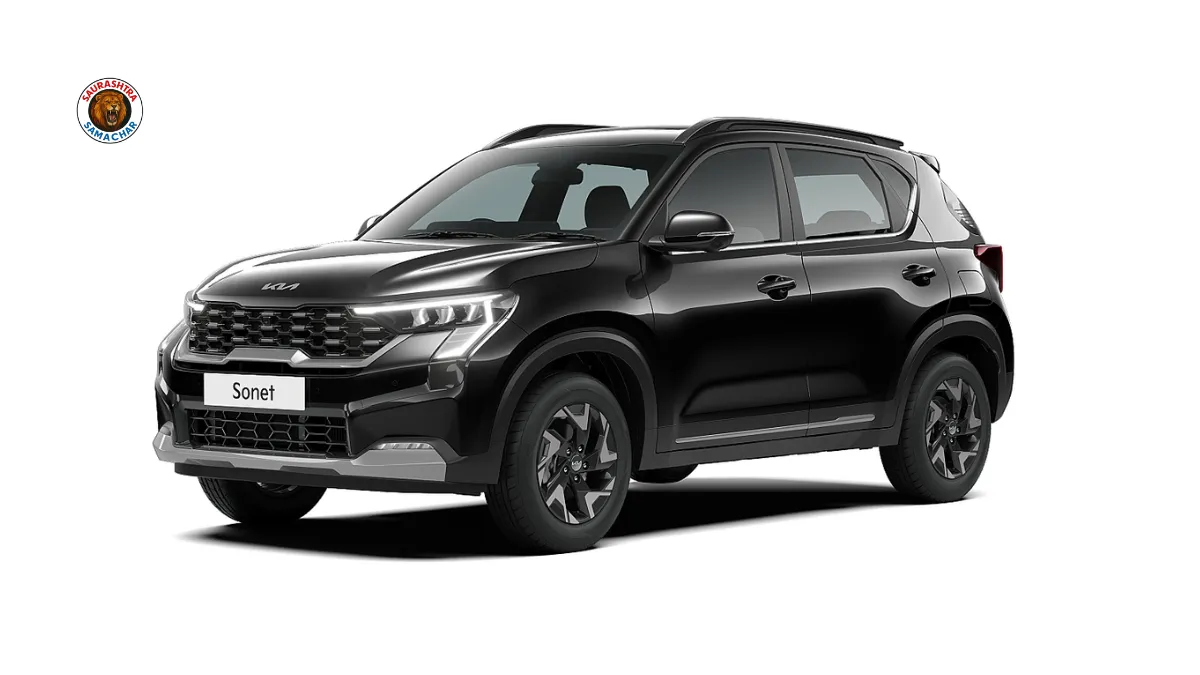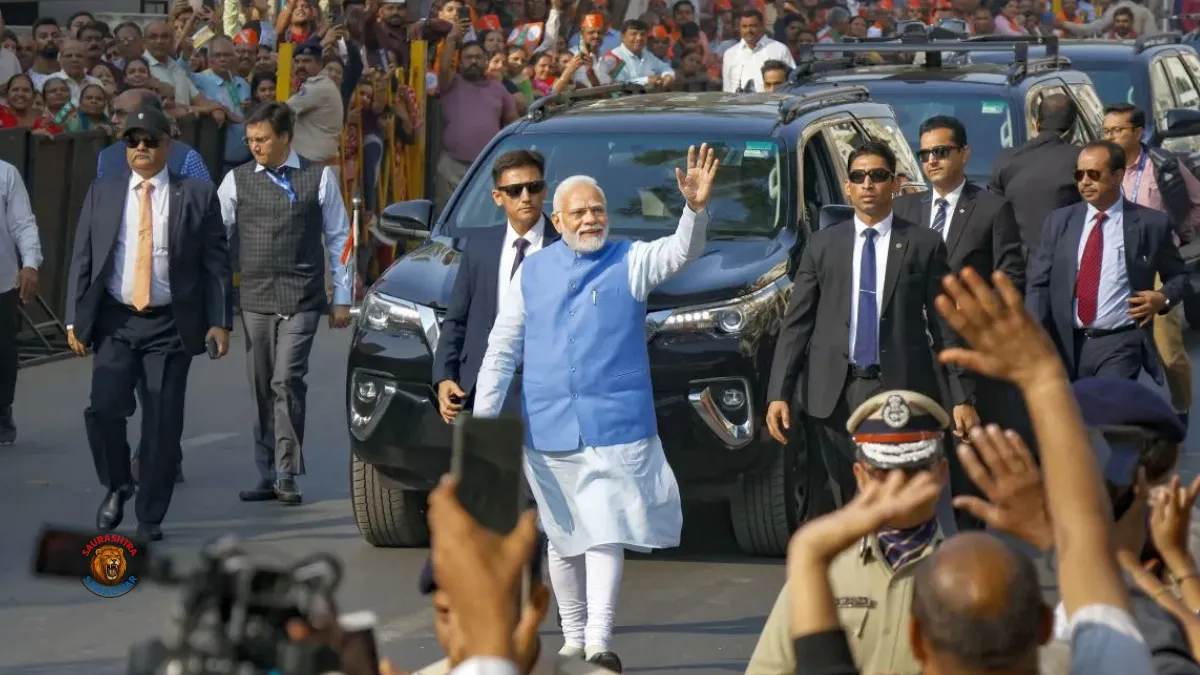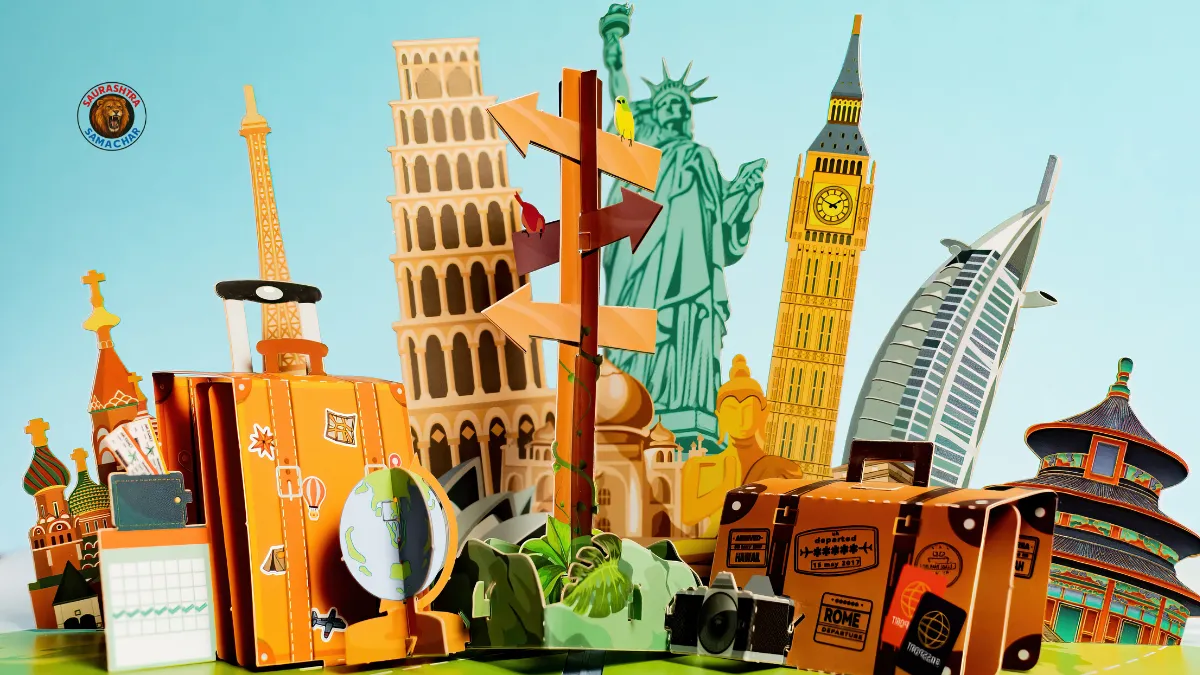What is a tariff in simple terms? It’s a kind of tax that a government places on goods imported from other countries. This tax makes foreign products more expensive, often to protect local industries or earn revenue. If you’ve ever wondered why some imported items cost more, the reason may be a tariff.
This article will break down the concept of tariffs in the easiest way possible, including why they exist, how they work, and how they impact you and the economy. Whether you’re a student, a curious consumer, or someone trying to understand global trade better—this guide is for you.
Understanding What a Tariff Is in Simple Terms
A tariff is a tax on imports or exports between countries. But in most everyday cases, we’re talking about import tariffs—taxes on goods coming into a country.
For example, if India imports mobile phones from another country, and the government wants to encourage people to buy Indian-made phones, it might place a tariff on imported phones. This tax increases their price, making local phones more attractive in comparison.
So, in simple terms, a tariff:
- Is a government-imposed tax on foreign goods
- Increases the cost of imports
- Helps protect local businesses
- Generates revenue for the government
Types of Tariffs
There are mainly two types of tariffs:
| Type of Tariff | Meaning |
|---|---|
| Specific Tariff | A fixed fee on each unit of an imported item (e.g., ₹100 per smartphone) |
| Ad Valorem Tariff | A percentage-based tax on the value of the item (e.g., 10% of product value) |
Some countries may also use mixed tariffs, which combine both fixed and percentage rates.
Why Do Governments Use Tariffs?
Now that you understand what a tariff is in simple terms, let’s look at why they’re used. Governments often apply tariffs for several reasons:
- Protect Local Industries
Tariffs make imported products more expensive, giving local companies a better chance to compete. - Generate Government Revenue
Especially in developing nations, tariffs are a significant source of income. - Promote National Security
In critical industries like defense or agriculture, tariffs help maintain local production. - Retaliation or Trade Negotiation Tool
Countries may use tariffs to respond to unfair trade practices or pressure others during negotiations.
How Do Tariffs Affect the Economy?
Tariffs are a double-edged sword. Here’s how they impact various areas:
- Consumers: Tariffs often lead to higher prices on imported goods.
- Producers: Local manufacturers may benefit because their products become more competitive.
- Foreign Countries: Exporters may lose business if their goods become too expensive due to tariffs.
- Trade Relationships: Excessive tariffs can lead to trade wars, hurting international cooperation.
Real-Life Example of a Tariff
Let’s say India places a 25% tariff on imported solar panels from China. If a Chinese solar panel costs ₹10,000, the tariff would add ₹2,500, making the total price ₹12,500. This encourages consumers to consider Indian-made alternatives, which might be cheaper due to the absence of such taxes.
Do Tariffs Always Work?
Not necessarily. While tariffs can protect domestic industries, they can also lead to:
- Higher prices for consumers
- Reduced competition and innovation
- Retaliatory tariffs from other countries
- Slower economic growth if trade drops
Economists often debate whether tariffs help or hurt an economy in the long run. It depends on how they’re used and the overall trade strategy of the country.
Also read: Nayara Energy का भारत में 70,000 करोड़ रुपये का निवेश : आत्मनिर्भर ऊर्जा की दिशा में बड़ा कदम
In Summary
What is a tariff in simple terms? It’s a tax on goods brought into a country, meant to protect local industries and raise government revenue. While it may seem like a basic trade tool, tariffs have wide-reaching impacts on economies, prices, and international relationships.
Understanding tariffs helps you make sense of why imported products cost more and how global trade affects your daily life. Whether you’re reading the news about trade disputes or buying something imported, now you know what’s going on behind the scenes.
Also read: Diamond Business मंदी में,डायमंड वर्कर के बच्चों की शिक्षा योजना क्यों हुई विफल?
What is a Tariff Table: Key Facts About Tariffs
| Aspect | Details |
|---|---|
| Definition | A tax on imported or exported goods |
| Main Purpose | To protect local industries and generate revenue |
| Common Types | Specific Tariff, Ad Valorem Tariff, Mixed Tariff |
| Impact on Consumers | Higher prices for imported goods |
| Impact on Producers | Protection from foreign competition |
| Used By | Almost every country |
| May Lead To | Trade wars, higher prices, or improved local business |
FAQ
Are tariffs and taxes the same?
Tariffs are a type of tax, but they apply only to goods crossing international borders.
Do all countries use tariffs?
Yes, almost all countries use some form of tariffs, though the rates and policies vary
Who pays for tariffs?
The importing business usually pays the tariff, but they often pass the cost to consumers through higher prices.
Can tariffs be removed?
Yes. Governments can reduce or eliminate tariffs through trade agreements or policy changes.
